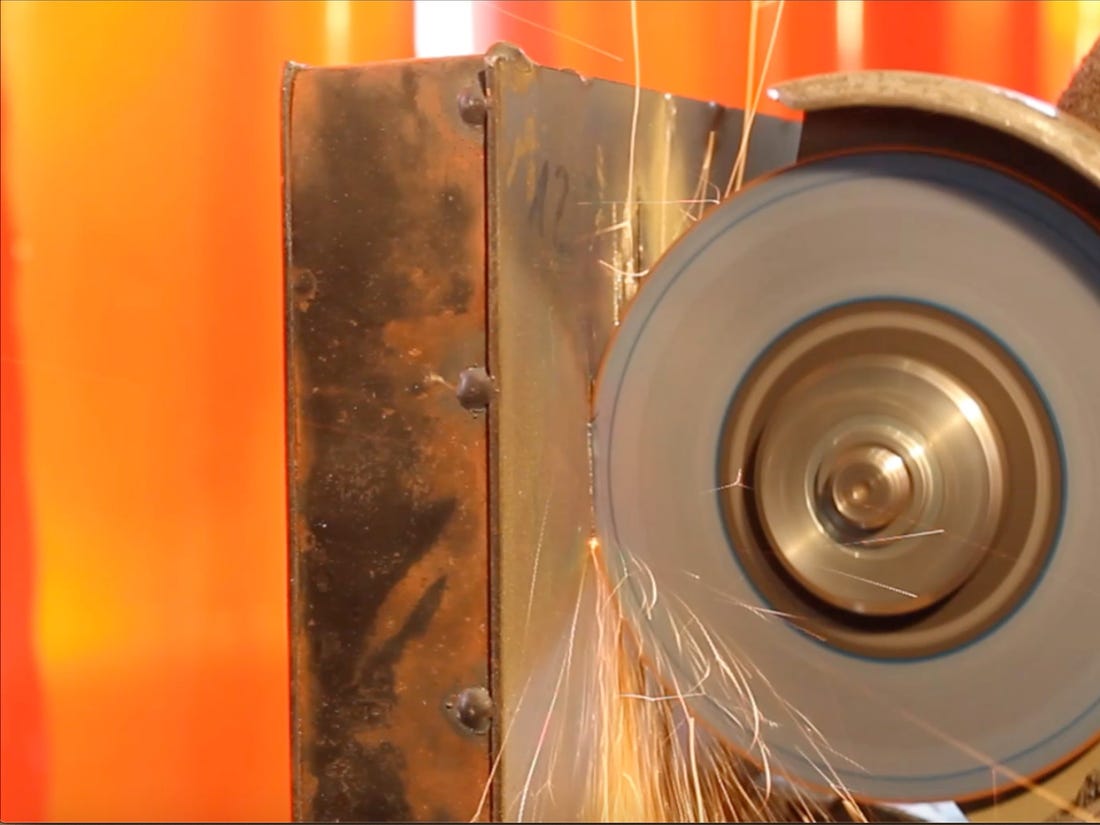Dutch-style roundabouts are here, and we’re confused
The first Dutch-style roundabout has begun service in Cambridge prompting confused faces from us all

THE UK’S first Dutch-style roundabout has begun use in Cambridge as bicycles and pedestrians now gain priority over all other road users.
The new style of the roundabout has been dubbed a ‘cyclist killing zone’ by some groups and confusing by most. The idea has been borrowed from Holland, a country that sees 36% of citizens regularly a bicycle, with big cities seeing even higher numbers.
The idea is that car approaching the roundabout must give way to pedestrians waiting to cross and bicycles already making their way around the outer red ring of the cycle path. Once on the roundabout, motor vehicles can carry on as normal, although must again give way to bicycles and pedestrians when exiting the roundabout.
The entry and exit points for vehicles is also narrower, with kerbed areas funnelling the vehicles off the roundabout. The idea here is to force them to slow as they enter and exit the new system.
The new system though has not been met with praise, from car driver and even cyclists branding the new design confusing and dangerous. Many point to feeling unsafe while cycling around the new layout, even more so than the previous roundabout that the Dutch-style system is replacing.
AA president Edmund King said: 'The Dutch roundabout is like Edam cheese… what works in one country or specific location might not work everywhere. But, if we don't put different concepts to the test, the UK won't know what works best for all road-users. I have used such roundabouts in Holland and they work well with the adjacent infrastructure.
'Places like Cambridge and Oxford with a strong cycling culture, particularly among students, may find a Dutch roundabout works well. Elsewhere it may take longer to adapt.'
And the cost of this new red-ring-of-death-a-bout? £2,359,733. £2.4m for a roundabout that even the cyclists it is trying to protect say is more dangerous than before.
.jpg?width=1600)











